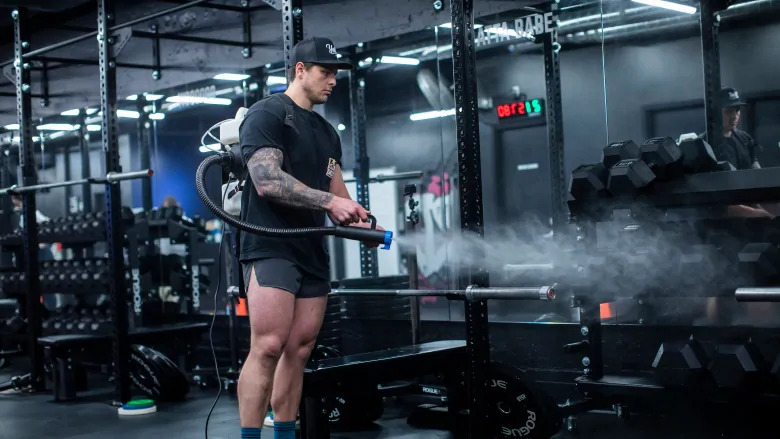RIO DE JANEIRO, BRAZIL – Researchers from Stanford University in California used data on the mobility of people in ten cities in the United States and developed a model that shows the places where someone is most likely to become infected with the novel coronavirus (Sars-CoV-2) without wearing masks and with operations reopened.
The results of the study were published in “Nature”, one of the world’s leading scientific journals, on Tuesday, November 10th.
According to data collected for the city of Chicago, the third most populated in the country, the ranking of places, from highest to lowest risk, would be as follows:
- “Full service” restaurants (where people sit to eat and are served by someone)
- Gyms
- Cafes and bars
- Hotels and motels
- “Limited service” restaurants (where people can take food away or sit, but pay before)
- Religious centers
- Medical Offices
- Markets
- Used goods stores
- Pet shops
- Sports equipment stores
- Other general stores
- Toy or hobby related stores
- Building material stores
- Automotive parts stores
- Department stores
- Gas stations (in the United States, drivers usually fill up their vehicles)
- Pharmacies
- Convenience stores
- Dealers
“If you must visit these places, do so out of peak times, when there are fewer people,” recommended the study’s senior author, Stanford’s Jure Leskovec, in an interview with G1.
But there is a detail: mobility data were computed when the wearing of masks was less prevalent. Therefore, the model does not take into account its use.
“However, in the second wave we find that people’s mobility has increased, but the number of infections has not increased as much as it should. Therefore, we attribute the lower than expected number of infections to the wearing of masks,” said the researcher.
Researchers reached their conclusions using a model that was based on the mobility of people screened by cell phones between March 1st and May 2nd, when mobility was restricted by measures to contain the transmission of the coronavirus.
From then on, they built the model considering higher or lower mobility levels, from different dates, to determine how the transmission of the virus would behave.
With the data, they mapped out what they called “points of interest” – non-residential places that people visit such as restaurants, markets and religious centers.
They discovered – as other studies have pointed out – that most Covid-19 infections occur in “super spreader” sites. In the Chicago metropolitan area, ten percent of the points of interest accounted for 85 percent of the infections predicted for all places studied.
“We estimated the density of visitors at each point of interest – how many visitors there are per square meter. The lower the number, the lower the chance of transmission. The longer people stay at the site, the higher the chance of transmission. Our model considers these two factors,” explained Leskovec.
Socioeconomic differences
Another point of the study is that it suggested that, even if they attend the same types of places, people of a lower socioeconomic class are more likely to become infected than those of a higher socioeconomic class.
According to researchers, people with a lower income tend to visit more crowded places, and they tend to stay there longer.
A visit to the market, for instance, was considered twice as dangerous for a low-income person. The “average” market visited by those with a lower socioeconomic level had 59 percent more visitors per hour per square meter, and its visitors stayed 17 percent longer on average, according to scientists.
In addition, people with a lower income were also less restricted in their mobility than those with a higher income. “These findings highlight how refined differences in mobility patterns – how often people go out and what points of interest they attend – can ultimately contribute to dramatic disparities in projected infection results,” the scientists noted in the article.
A solution would consist in reopening strategies with maximum occupancy of reduced seats. In Chicago, for instance, the model provided that limiting seat occupancy to a maximum of 20 percent reduced the projected new infections by over 80 percent. On the other hand, the affected businesses would lose 42 percent of overall visits according to the model.
“Reopening with reduced occupancy does a good job of tackling compensation, allowing you to recover most of your visits without risking many infections,” Leskovec pondered.
“Our results suggest that infection disparities are not the inevitable consequence of factors that are difficult to address in the short term, such as differences in preexisting conditions; rather, short-term policy decisions can substantially impact infection outcomes,” the scientists concluded.
Source: G1


